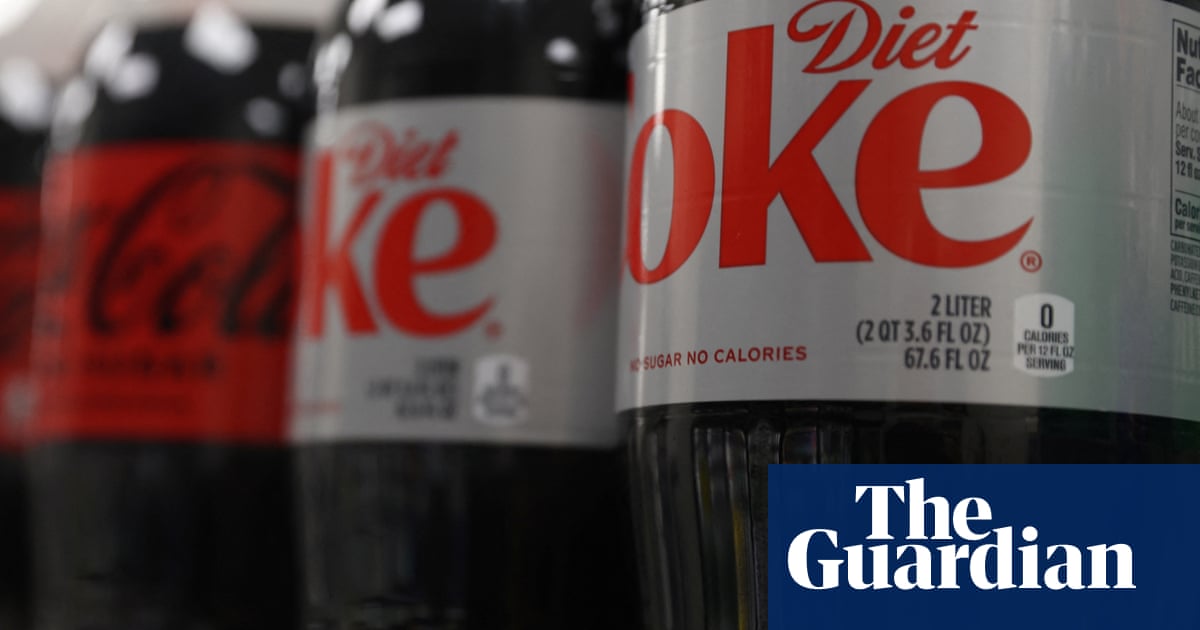It uncovered eight WHO panelists involved with assessing safe levels of aspartame consumption who are beverage industry consultants who currently or previously worked with the alleged Coke front group, International Life Sciences Institute (Ilsi).
Their involvement in developing intake guidelines represents “an obvious conflict of interest”, said Gary Ruskin, US Right-To-Know’s executive director. “Because of this conflict of interest, [the daily intake] conclusions about aspartame are not credible, and the public should not rely on them,” he added.



No, this is just saying the safe dosage level was biased by people from the industry being on that particular panel.
This is just 1 panel that determined the safe dosage level. This does not affect the findings of the study at all which concluded that aspartame is “possibly carcinogenic to humans” but that “We don’t know enough about the possible link between aspartame and cancer, but we can’t ignore that there’s something going on”
So they haven’t even found a definitive link or even said it’s definitively dangerous. And the 40 milligrams per 1 kilogram of body weight is the same as the recommendation from the FDA.
Also the thing it is replacing, sugar, IS known to cause cancer, diabetes, and other diseases. So take that as you will.
That last bit is what people always seem to miss.
Getting hit in the head with a branch is bad for you, but it’s less bad for you than a bullet.
In the end, you need to compare the two risks, and not decide “a is bad, no need to look at b”